Feature 21 min read
Discover EV interviews Dr Sara Ridley, Engineering and Quality Director at Autocraft EV Solutions, part of Autocraft Solutions Group
Autocraft EV Solutions specialises in the testing, repair, and remanufacture of EV batteries working to extend the lifecycle of battery packs, keeping electric cars on the road for longer, and preventing more waste ending up in landfill as a result of premature recycling.
Their cutting-edge testing technology can double vehicle lifespan by unlocking performance potential through repair, tackling the root causes of battery decline at a cellular level along with identifying cells at risk of future failure – more quickly and accurately than any other known testing solution currently on the market – whilst virtually eliminating the risk of repeat failure.
As an early entrant into the EV sector, Autocraft possesses extensive research and development in testing and repair, having collaborated with leading universities and governing bodies to develop its pioneering methodologies, and is already working with a number of major OEMs, undertaking in-warranty repairs.
Amid all of the conversation around EV battery recycling, range, and infrastructure – the importance of vehicle longevity is often overlooked and yet, will have a massive bearing on the future success of the entire industry. This is why Autocraft are keen to share their knowledge, dispel misconceptions, and continue the conversation around sustainable EV solutions, so that both consumers and OEMs can understand the true environmental value of e-mobility.
The technology is pretty mind-blowing, and as such we wanted to know more. Having shaped a career that stands as a distinguished example for young women contemplating a career in engineering, Dr Sara Ridley has received international awards for her academic papers and had her research published in both remanufacturing and production journals. Passionate about eliminating waste to maximise efficiency and implementing robust, sustainable processes, she reveals to Discover EV why taking on the challenge of extracting the full environmental benefits of EVs is so important to Autocraft.
For those readers who haven’t heard of Autocraft EV Solutions, could you please sum up what they do?
Autocraft Solutions Group is Europe's largest independent engine remanufacturer and assembler, supplying OE manufacturers such as Ford, Jaguar Land Rover, Volvo, PSA, JCB and many more, but around ten to 12 years ago we realised that electric vehicles were starting to take off, so we established the EV Solutions side of the business. We started in a really small way building up research and development of testing so that by the end of it, we could offer a proper and complete solution to keep battery packs going as long as possible for our customers.
And what makes Autocraft different compared to other companies who are offering similar services?
Well, we do lots of things for both battery and vehicle OEMs. We have the capability to diagnose and repair EV battery faults, and offer a warranty equivalent to the OEM on our work, but we provide more than just tests where we identify non-automotive second life usage for battery modules no longer meeting automotive State-of-Health (SOH) standards, such as solar-energy storage. We can give our customers a report that drills down on build quality and cell degradation. For instance, things like lithium plating on the anodes and cathodes where we get shedding of the lithium, so they know that potentially they need to relook at the chemistry of their batteries.
Can you tell us what OEMs you are working with?
For confidentiality reasons, we can’t reveal all of the OEMs we are working with, but I can tell you we work with Nissan and also Bentley and Jaguar Land Rover via the RECOVAS project which will introduce a new circular supply chain in the UK, by developing the infrastructure to collect and recycle electric vehicles and their batteries. In terms of battery OEMs, our two biggest customers are LG Energy Solution Ltd and Forever Energy.
We also offer EV battery assembly in niche volume, enabling smaller automotive manufacturers to outsource battery pack production to us and avoid having to install costly production lines in-house.
In terms of our REVIVE® Mobile electric vehicle (EV) battery service facility that is fully-equipped to test and remanufacture up to 2000 battery packs per year, it enables the business to deliver its services from any location, in a scalable and effective manner, so to that end we are also looking to move into working alongside independent garages with dealer networks – basically service centres where people take their cars. We will be able to offer it as a service either run by us or by them.
I think that’s so important given the shortage of mechanics currently not qualified to work on electric vehicles. You must be so proud of the uptake of your testing and repair solutions?
Yes, we are really thrilled, especially as we were approached by the OEMs. I think because our customer base has always been OEMs – specialising in the manufacture and remanufacture of outsourced IC engines, we were in a good place to start our EV journey. A lot of companies were still in the research phases, where we have sites across the UK and Netherlands people can come to our factories and see what we do first hand – that gave our customers a lot of confidence. We also did a European tour with our aforementioned REVIVE® Mobile EV Battery Repair Centre that condenses into a 30ft expandable container that can be deployed anywhere from an HGV trailer. It contains off-grid facilities to allow us to demonstrate our full EV battery diagnostics and repair and remanufacturing expertise
Getting your foot in the door early has clearly paid off, then?
Yes, but in some ways we weren’t early enough. Whilst we can diagnose down to cellular level and we can tell you from a whole range which cells are the ones that are underperforming, we can't always replace the individual cells. And that’s because of the way the packs are made and flooded with some form of resin or glue, which makes them impossible to individually take apart, so we have to replace the whole module.
But the things we're doing certainly in terms of the RECOVAS project is tackling design so that we could disassemble it at a much lower level. This is important because the better we can direct the repair, the better it is for the customer and the OEM but also it is more cost effective.
So, it’s a win-win and presumably more environmentally friendly because you're targeting the area?
Yes, exactly. While we can diagnose a problem and pinpoint it to the cell and module, unfortunately we have to often take a whole module out rather than the cell in particular.
We’ve also come across another issue – just because modules and packs are not suitable for EV use anymore it doesn’t mean that they are bad or can’t be reused and one of the things that we are working with on other partners are second life for those batteries. However, some of the stumbling blocks involve the legislation around vehicles that haven't caught up with the EV market. Current end of life vehicle legislation means that the onus is on the OEM of the vehicle to ensure that components are either recycled or reused at the end of life, but once a vehicle is second or third hand where does that responsibility lie? For me, the important thing is how do we manage that, and perhaps something like a battery passport so that the OEM’s could pass on the onus, it would help tremendously. We're working as part of the APC-funded RECOVAS project to tackle this and to reuse the batteries as much as possible for things like storage for energy backup generators.
As part of our work, we are able to tell by the serial number of every single battery pack exactly what module or cell was taken out and what was put in, and we have the complete history in terms of if we’ve seen it more than once, if we've dealt with more than one module or cell and so on, so there's no reason why a passport system wouldn’t work because everything is individually serialised. At the moment, if someone has a battery pack that they’ve had to take out the car and can't easily reuse it or don’t know how to, the easiest thing to fulfil the legal obligation is to put it straight to recycling. However, most of recycled battery packs – excluding the casing – as that's easily recycled, goes into black mass, which is used for building roads. So, the lithium we recycle in this country is under the roads you're driving on every day. And that's just a crying shame, as it’s burnt, which isn’t particularly environmentally friendly, so projects like RECOVAS are really important to understand how we can change this.
It just seems such a shame when there are companies using recycling techniques that recover up to 95 per cent of the key raw materials from an EV battery pack [source A]
I don't know the actual percentage, but it is around that figure from what I’ve read, and yes, with the bulk of it going into black mass, rather than actually recycled into anything usable, needs to be addressed.
JLR has recently announced it is developing one of the largest energy storage systems in the UK to harness solar and wind power using second-life EV batteries, proving they can be safely reused for energy sector application to increase renewable energy opportunities.
Yes, they are collaborating with Wykes Engineering, but it is easier for large OEMs to find partners to work with, for some of the smaller car makers that is very difficult.
It's a bit of a hot topic, isn't it? But also, one that not many people are informed about – it seems there is still a general consensus that an EV battery will only last 100,000 miles for example and then they just go into landfill.
Exactly – we’ve already seen from Nissan and Tesla EV batteries can outlast the vehicles they were installed in, and while there are large numbers of used batteries being stored without a solution, it doesn't mean that they can't be dealt with. It's just more a lack of people to deal with them.
Yes, that is the problem. Sorry we went a bit off topic, didn't we? So in in layman's terms, if possible, can you kind of explain how the technology that Autocraft uses works?
Once we receive the battery pack we load it into our test cell. We then run a series of tests, but do a rapid discharge and stress test the battery. We can then compare that to our digital twin, cell by cell, which gives us where the outliers are and stress those outlying cells, using an alternative current because that gives us far more detail – we do this up to five times to get an actual description of what's wrong. Sometimes we find it's a connector issue – it's the way that it's been put together or the BMS isn't working. So, the first thing we'll do is talk to the battery and find out what it thinks is wrong, because that way we get a lot of information. We can work out which cells aren't working as well as they should, and then we'll stress those specifically and that's where it's different because we can react to each individual different cell.
As you say you're a fairly early entrant into the EV sector. Does that put you at a disadvantage with companies who have been around a lot longer and got more experience in testing and repairing batteries?
I don't believe so, and that's partly because we didn't go to market until we had both a mature and effective solution. We’ve still had a decade-long head-start on many other battery companies, and as a result been able to come up with a unique and patented process of identifying the state-of-health (SOH) of EV batteries and the subsequent repair and remanufacture of degraded modules.
We have a lot of people coming to us and saying we can't find this anywhere else – it's very, very exciting. When we attended Rematec in Amsterdam with our aforementioned REVIVE® Mobile EV Battery Repair Centre the response was enormous. I can't begin to tell you, I've never been so busy at a show.
Amazing. So, can you work with all battery types?
So far yes, because we're fairly chemistry agnostic, it doesn't really matter what the battery chemistry is. It's about getting past the protocols that stop you talking to them. At the moment we're working with the vast majority of types on the market, there are one or two we aren't yet, but that doesn't mean we can’t.
Going back to recycling, what do you do with the faulty modules?
It varies by purpose. We've got three main routes. For our customers where they are at an early stage in their technology, we take them completely apart and do some material or some chemical testing for them so we can understand what's going on in their cells. Then, because we have a recycling partner some go straight to second life as we’re able to test what they’re capable of, and the others we save and send back to the OEM because they want to do some testing.
Where we can very easily remove the damaged cells, and there are healthy cells and healthy modules, we will harvest those and store them to repair other packs and as we’re able to balance them down we can select the right one for the health of a particular battery pack.
Is most of your work carried out within the manufacturer’s battery warranty?
Yes and a lot of OEMs were slightly caught off balance in that they didn't really expect the number of failures in-warranty. I mean, don't get me wrong, it's not massive, but it's not the number they predicted and weren't sure what to do with them. The norm when you have a problem with your vehicle is that you don’t want it off the road for a long time. A dealership will send us a faulty battery and we will repair it and send it back. Most batteries are in-warranty, but we are starting to see the out of warranty batteries and we see a huge potential for the second-hand market. However, there are a lot of people still reluctant to get into the used EV market because they don't know what we know about battery degradation but it's very much about how you use your vehicle and how you charge it.
Because you’re able to give a comprehensive and independent state of health, could you essentially say your solutions as essentially future-proofing?
Yes, I think so. And giving people confidence because I think there are lots of people out there who would really love to have an EV but actually aren't sure and certainly couldn't afford a new one and that's where we could really be a part of things. Going forward a lot of our work will be in these longer term packs. It's a bit like Trigger’s broom if you think about it. You can replace the handle, replace the head, but it’s still the same and I think it's like that with EV packs. Theoretically you can keep going, just replacing cells and modules.
I think there are people who would cheerfully buy a diesel engine with 100,000 miles on it, and that would look at an EV and say I don't think I can take the risk, whereas in reality there's probably very little difference.
Autocraft claim it takes up to 88,000 km of usage to ‘break-even’ on the carbon emissions generated in new EV production, compared to an equivalent ICE vehicle. How did you come to that figure?
We did a lot of research and looked at several sources to understand what was published in terms of life cycle analysis, and it does vary by vehicle, but there's a typical marker and that's the figure we have quoted [source B].
What is interesting and what might be worth keeping an eye on is the RECOVAS project. They are doing a life cycle analysis for a British EV manufacturer due to finish next August, perhaps even earlier. I've seen an early draft and it’s not that different to the things that we've been saying so far, but they've still got some more work to do. It will give us a much better idea of how to achieve a circular economy and a comprehensive idea of what we can do in the UK, and that's really important to us.
Is that what drives Autocraft?
Absolutely. I mean, it's really hard to explain to somebody who doesn't know much about the state of what we receive, but if you take the internal combustion engine because that’s where our journey started, they’ve come from breakers yards or been in crashes, and they’re incredibly dirty. It's in a horrible state and when it goes out, it's exactly the same as when it left the factory. It's got the same warranty and it's gone through the same testing and the sense of huge pride you get from that is amazing, and to do it with EV is really exciting.
I've always been really pro EV and then you realise how much it takes to make an EV and it's scary in environmental terms and I just think that we're making a real difference and it's so exciting. I want to reuse things as much as we possibly can because I think that's the best way to do it. Keep it local.
I think there are steps we need to take to make it better, but the other thing is it's probably not the only answer or the eventual answer. So, we keep abreast of all the new technology and research that's coming in, and a lot of my life is spent reading academic papers, because it's really important we know what's going on. To that end, we've designed our systems so all of our EV solutions also deal with hydrogen fuel cells, and we’ve got prototype internal combustion engines using hydrogen that we are stripping down and doing the audits on.
I think there are things we can do to make it better and the key for me is making sure that we aren't wasting those cells – just because they're not fit for use doesn't mean they're faulty or wrong. They're just not good enough for EV, but they can be used to balance the grid, or for charging points in remote places, there are loads of applications. It could be so much more of a circular economy if we could realise the potential. We just need to unlock the barriers then it could be tremendous, really tremendous.
Yes, I agree. Are there any companies that you admire in terms of shaking up the industry?
Companies who are empowered by EVs to think about personal mobility. So not just the traditional car, but smaller cars designed for one person and that you can hire, and the fact that new players that weren't in the traditional market are moving in. That's where you get the innovation and improvement, because while OEMs are great they are very traditionally minded. When you look to the Far East, which is where a lot of this sort of thing comes from, the trend is away from young people having driving licences or even not wanting to own cars. I think that's probably where we'll end up moving. And these new players are really exciting because they are willing to take those leaps
Is there anything that you wanted to add?
I think one of the things for me is about safety, because I think it hasn't been considered enough. Although there is a great deal of legislation concerning alternating current, it is important to note that batteries are direct current, and they are live. We've watched a lot of YouTube videos that have given us major concerns from a health and safety perspective. We're working really closely with The Environment Agency (EA) and the Health and Safety Executive (HSE) in this country and, where we're working in other countries, their equivalents, because safety is really, really important.
All of our guided systems use augmented reality and have been designed with safety in mind and safety first, to the point that if you aren't wearing the right PPE our system shut down and alarm. We use cameras and technology to detect that you’re standing in the right place, and it will be able to tell you if you’re wearing the right boots, gloves, suits, and safety glasses. We have LIDAR in all of our applications to ensure you can't stand in the wrong place and if you remove any of the safety gear it won’t allow you to work on the battery anymore. It’ll also make sure you’re at the ergonomically suitable height, so you’re not leaning across batteries. We've even developed an eject function to enable the automatic removal and isolation of any batteries experiencing an abnormal or thermal event, and it’s all automated so it’s taken out of the operator’s hands. I'm not suggesting everybody has to use the same as us – we've gone very, very heavily into it – but I do think there needs to be some form of structure around safety and that worries me.
I can see that being a huge concern. I also think it’s worrying about the various reports on Britain facing a shortage of EV mechanics [source C]
Yes it does concern me, and I know from experience with some of my colleagues who have an electric vehicle that if you want a specialist, you can wait for weeks to get the right person because some very, very large dealers only have one and that's largely because there isn’t enough training out there. IMI offer Level 3 and 4 qualifications [source D]. We actually offer in-house training for our employees because it's really important that we're at the same level as other people, and we’re engaging with HSE to try and find ways that we can strengthen this cause, but it's not an easy process. As more and more people buy EVs this is going to become more and more of a problem if it doesn't grow with the rate of uptake and it'll be a barrier to people.
That brings our interview to an end thank for your time and also very interesting to talk to you.
SOURCES:
A: https://www.redwoodmaterials.com/solutions/ and can feed them back into the battery manufacturing supply chain
B: Kelly, J.C., Dai, Q. and Wang, M. (2020) Globally regional life cycle analysis of automotive lithium-ion nickel manganese cobalt batteries Mitigation and Adaptation Strategies for Global Change 25, 371–396. Accessed on 13th June 2022. Available from https://doi.org/10.1007/s11027-019-09869-2
Hausfather, Z. (2020) Factcheck: How electric vehicles help to tackle climate change. Update 7/2/2020: The lifecycle emissions figures were revised to reflect more recent data on electricity carbon intensity and battery manufacture. London: Carbon Brief. Accessed on 9th June 2022. Available from https://www.carbonbrief.org/factcheck-how-electric-vehicles-help-to-tackle-climate-change/
Zhao, S. and You, F. (2019) Comparative Life-Cycle Assessment of Li-Ion Batteries through Process-Based and Integrated Hybrid Approaches. Washington. ACS Sustainable Chem. Eng. 2019, 7, 5, 5082–5094
International Council on Clean Transportation (2021) A GLOBAL COMPARISON OF THE LIFE-CYCLE GREENHOUSE GAS EMISSIONS OF COMBUSTION ENGINE AND ELECTRIC PASSENGER CARS White Paper.
Naranjo, G., Bolonio D. et al (2021) Comparative life cycle assessment of conventional, electric and hybrid passenger vehicles in Spain. Elsevier: London. Journal of Cleaner Production Volume 291, 1, 125883
C: https://www.smf.co.uk/publications/a-vehicle-for-change/ and https://tide.theimi.org.uk/industry-latest/news/automotive-industry-ramps-ev-qualified-technicians#:~:text=According%20to%20the%20IMI%2C%20by,as%20sales%20of%20EVs%20accelerate
D: https://tide.theimi.org.uk/learn/qualifications/603_1468_0

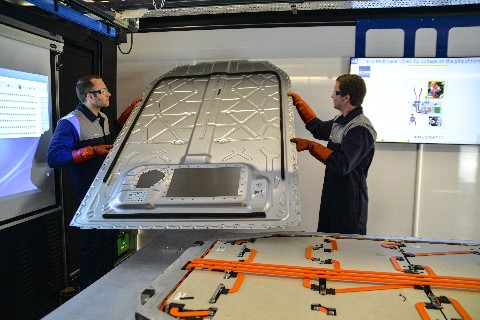
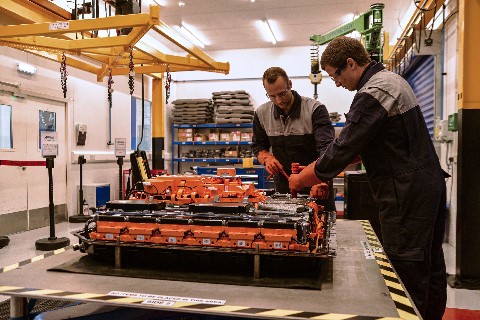
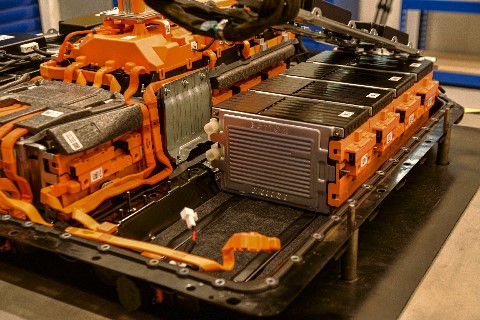
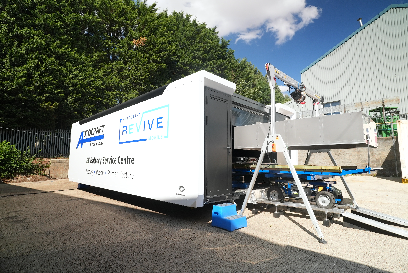
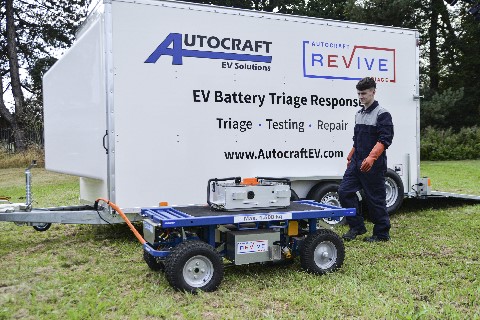
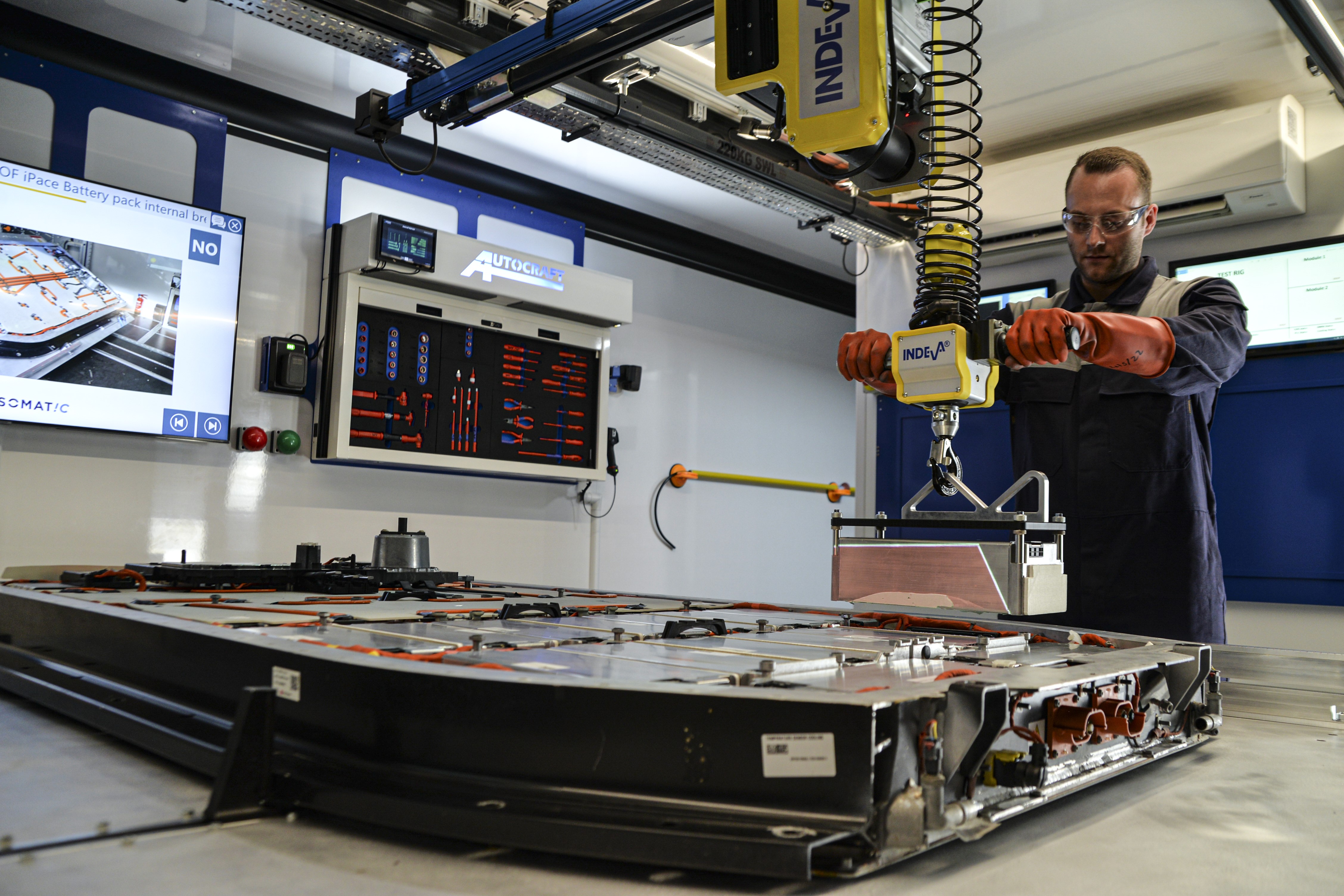

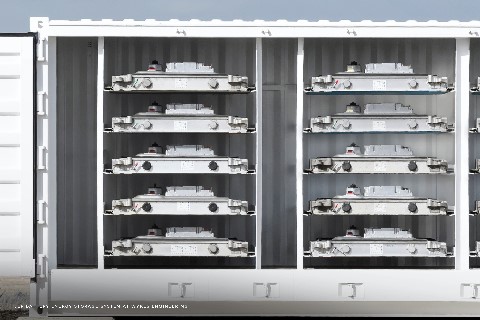
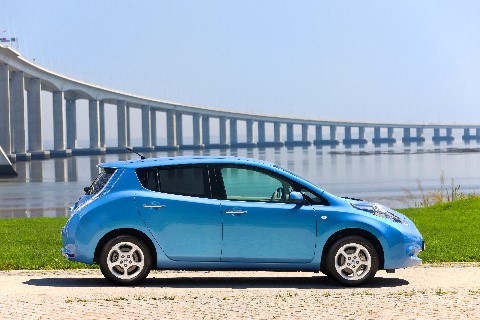
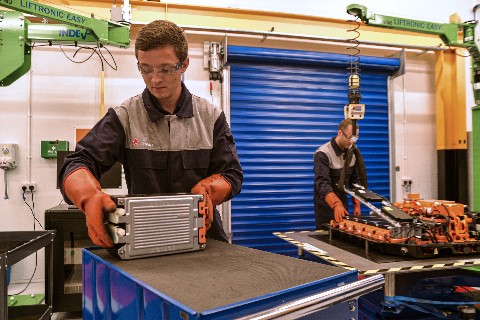
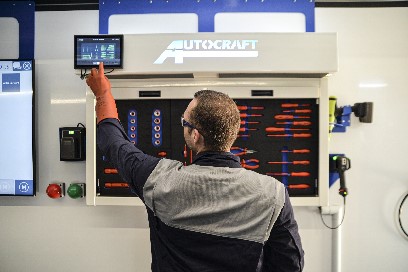
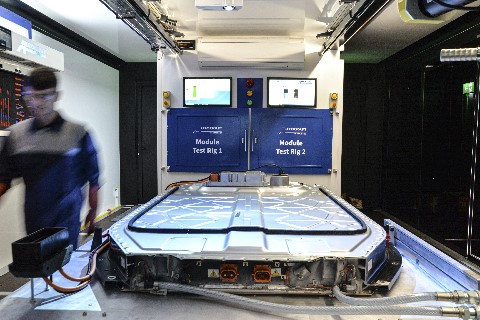
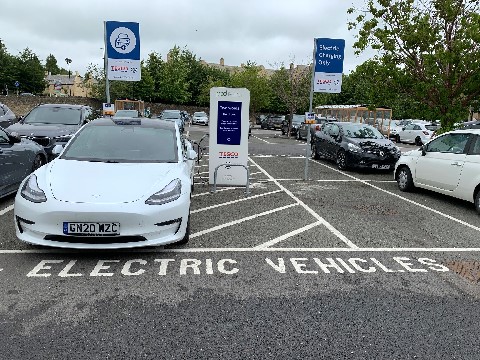
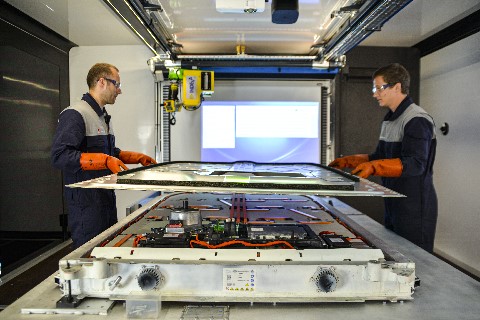
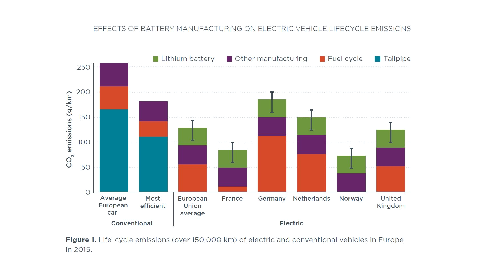 Life-cycle emissions in Europe in 2015 graph
Life-cycle emissions in Europe in 2015 graph 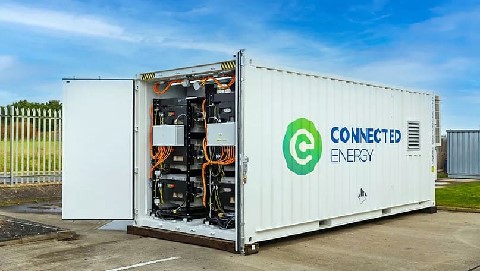 In its mission to support and secure an attractive and sustainable circular business model for batteries, Volvo Energy is investing in the UK-based second-life battery energy storage specialist Connected Energy
In its mission to support and secure an attractive and sustainable circular business model for batteries, Volvo Energy is investing in the UK-based second-life battery energy storage specialist Connected Energy 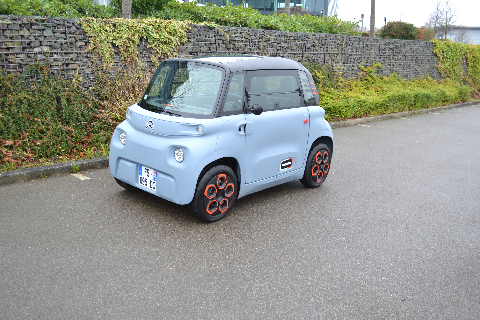
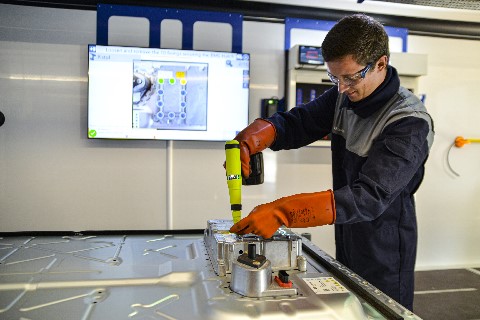

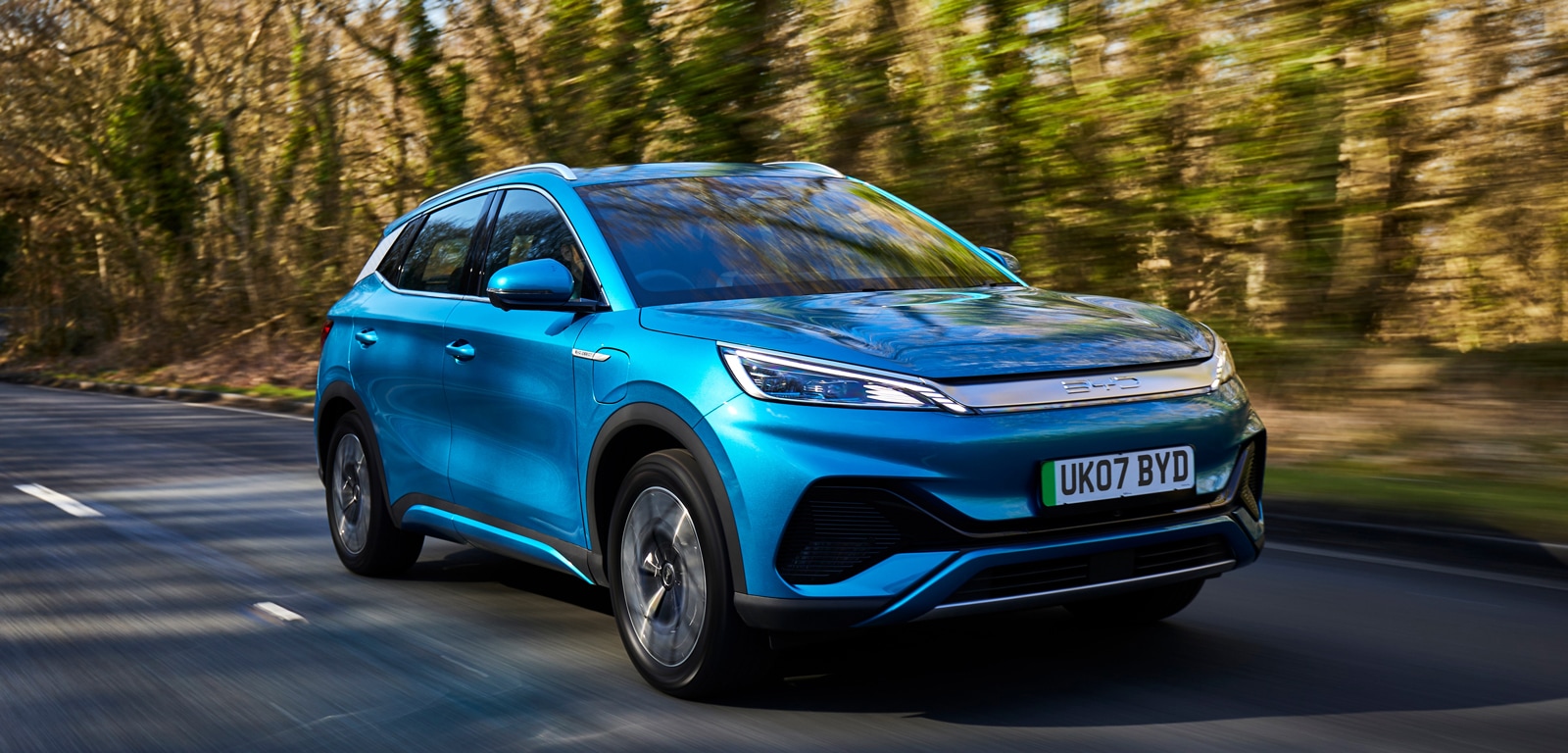
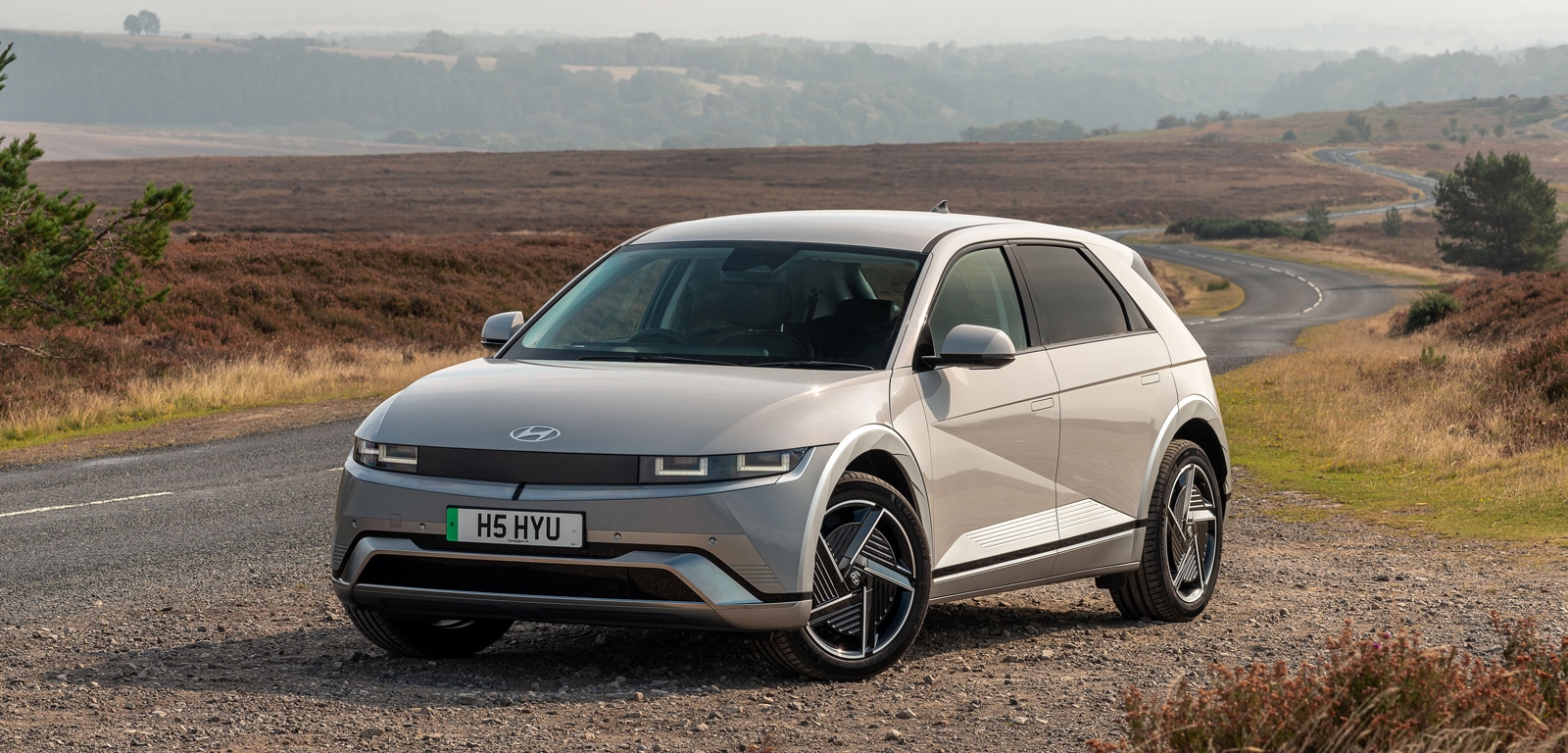
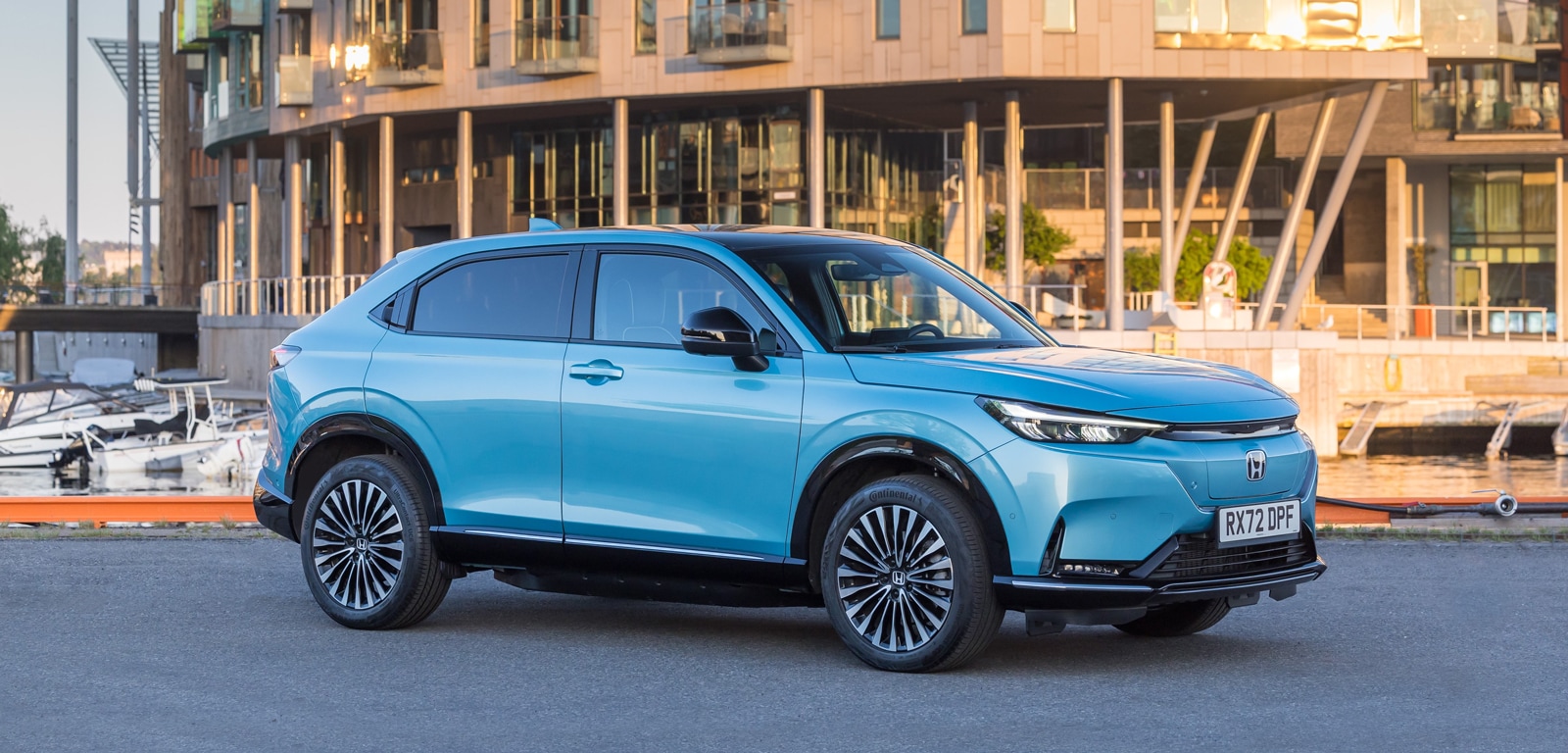
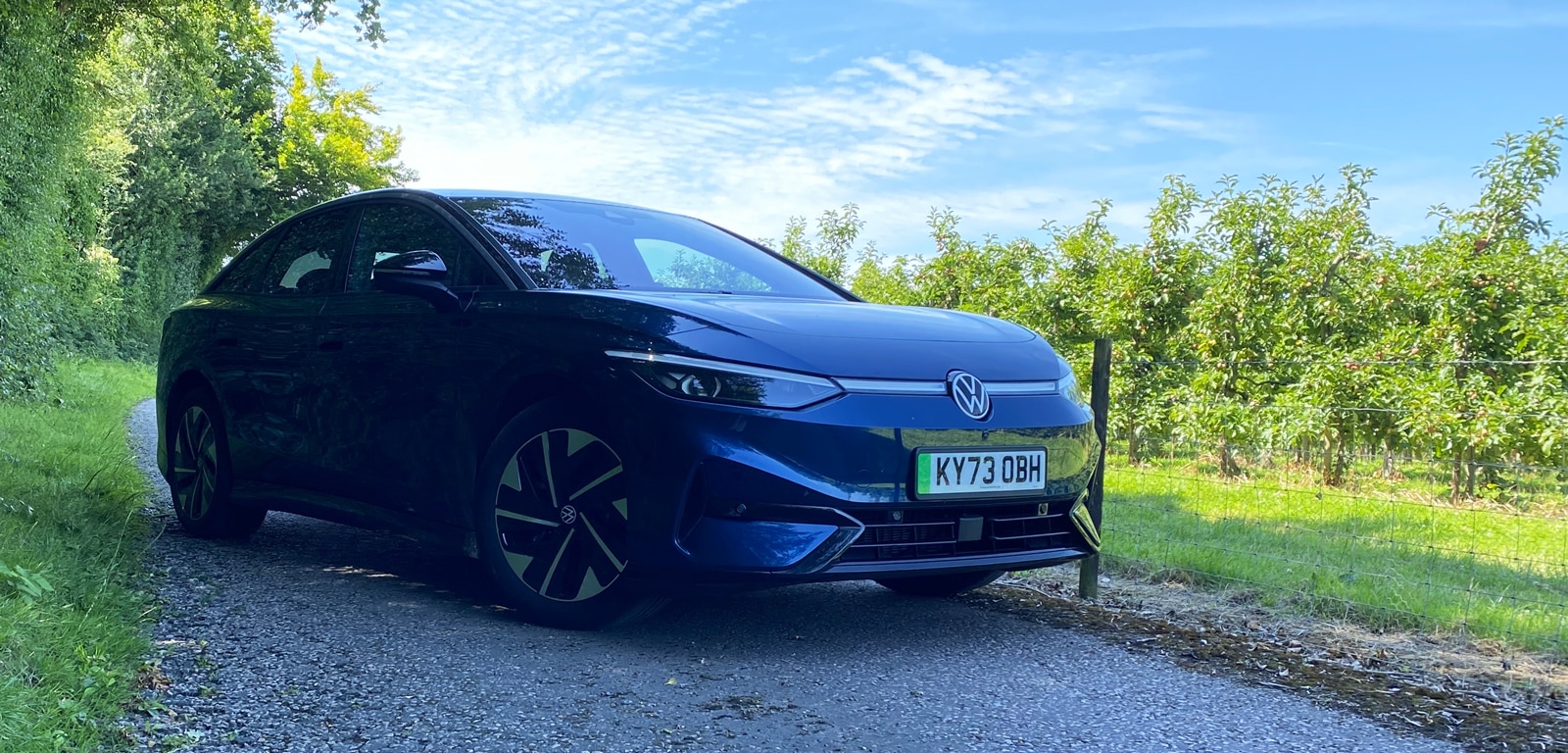
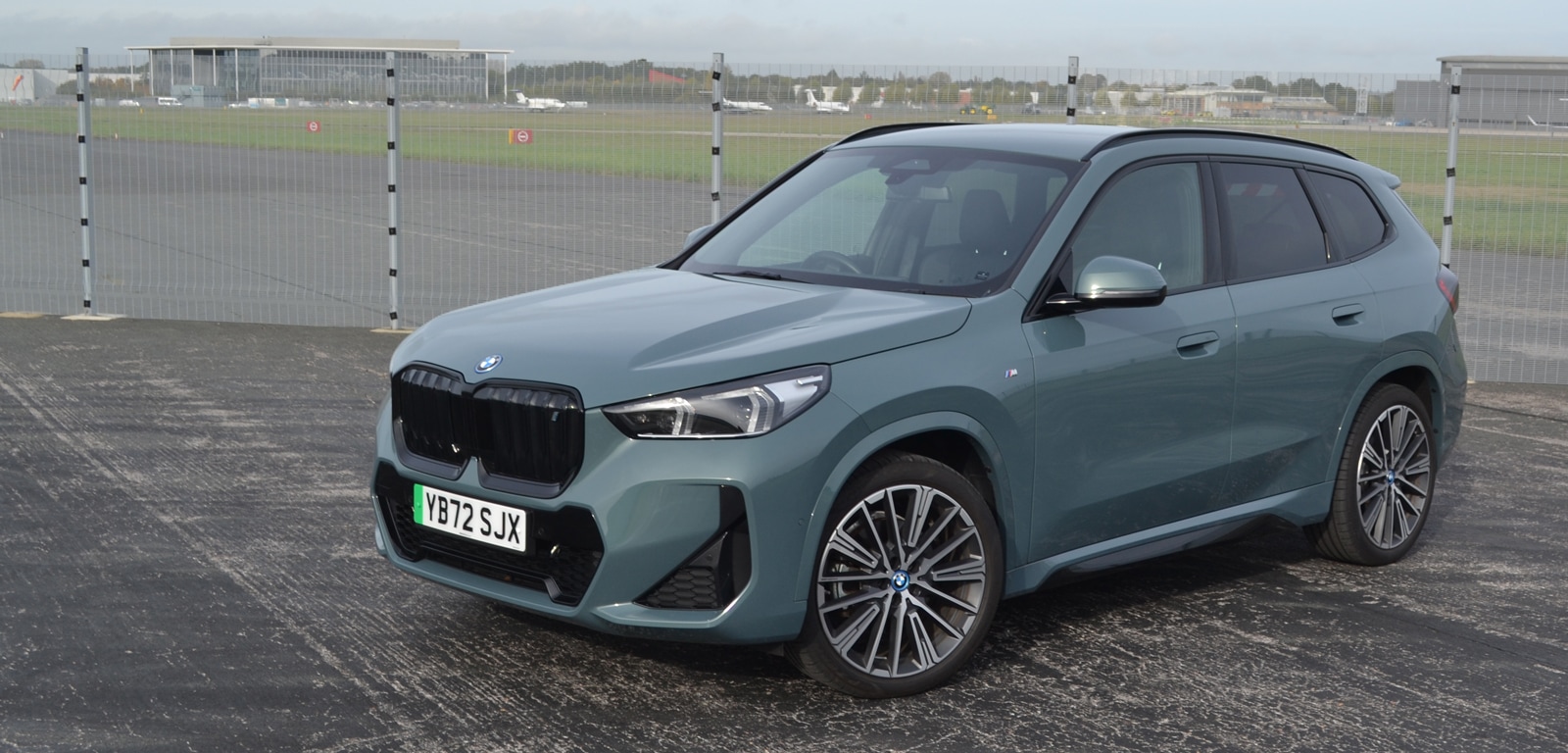


Comments (0)
Be the first to write a comment
Login/ Signup